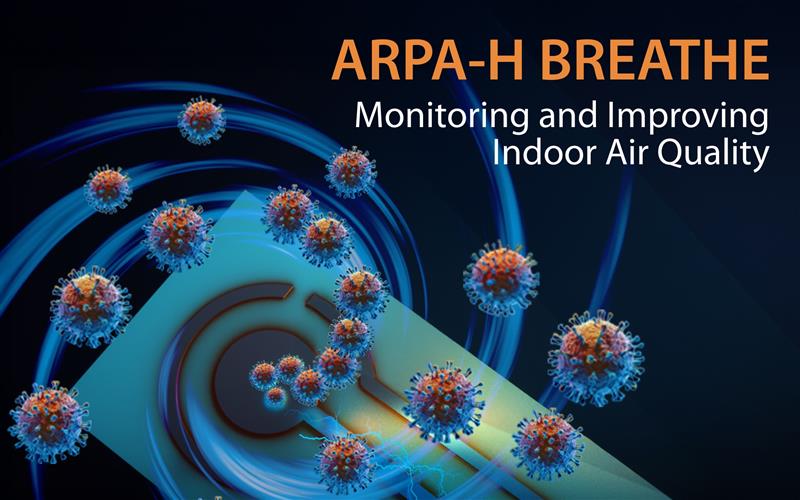
October 22, 2025 • A press release issued by The University of Virginia Biocomplexity Institute announced that the Advanced Research Projects Agency for Health (ARPA-H) has awarded a contract for up to $40 million through its Bioaerosol Risk Assessment interVention Engineering (BRAVE) program to a multidisciplinary, multi-institutional team led by Linsey Marr, PhD, a professor at Virginia Tech, and expert in airborne transmission. The release lists Signature Science, LLC among the collaborators on the Bioaerosol Risk Assessment interVention Engineering (BRAVE) project team.
From the press release:
“Americans spend nearly 90% of their time indoors—whether at home, work, school, or in public spaces. As awareness grows around the impact of indoor environments on health and well-being, the need for smarter, healthier buildings has never been more urgent. The University of Virginia is playing a pivotal role in a groundbreaking national effort to revolutionize indoor air quality and reduce the spread of respiratory illnesses. Funded by a contract for up to $40 million from the Advanced Research Projects Agency for Health (ARPA-H) BREATHE program, the Bioaerosol Risk Assessment interVention Engineering (BRAVE) project aims to create a smart building system that detects and responds to airborne pathogens and allergens, much like a fire detection system that not only sounds an alarm but also activates suppression mechanisms.
The University of Virginia leads Technical Area 2 (TA2) of the BRAVE project, focusing on the development of next-generation respiratory risk assessment software. Researchers at UVA’s Biocomplexity Institute, in collaboration with Signature Science, LLC and the University of Michigan, are building the infrastructure to modernize indoor environments. Their goal is to create what the team calls “an intelligent biomechanical immune system” for the building. Just like the human immune system, the BRAVE system will include components to detect (TA1 biosensors led by WUSTL), defuse (TA2 fast modeling modules), and deploy (TA3 engineering interventions led by UC Davis) responses to bioaerosol threats with minimal human intervention. This approach represents a natural evolution in environmental engineering, advancing beyond thermostats, fire sprinklers, and traditional air quality systems to proactively safeguard indoor health.”

